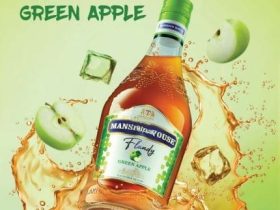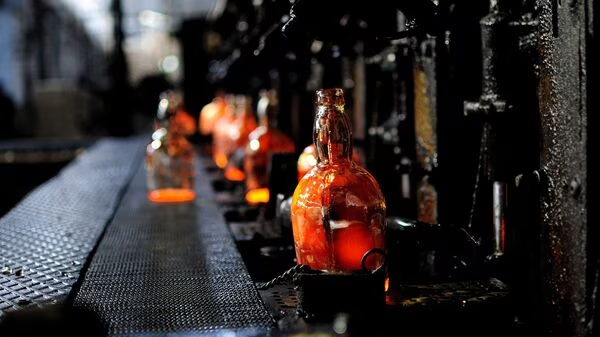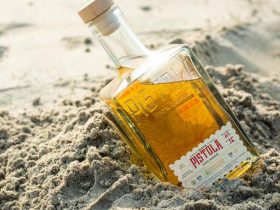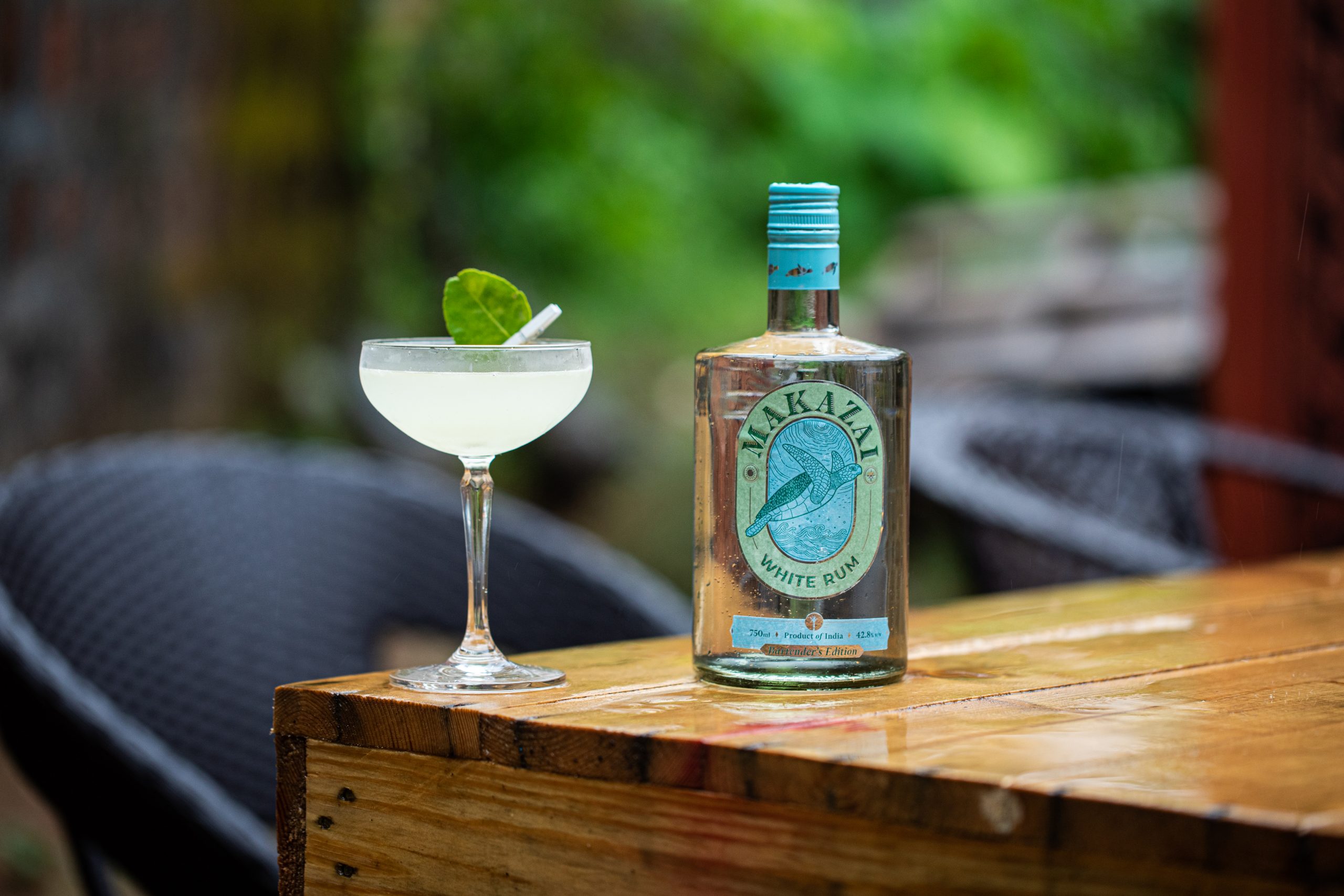
When we say alcohol we actually mean ethanol. Ethanol is used to dehydrate and rehydrate tissue in tissue processing and staining. It is preferred over other alcohols (methanol and isopropanol) for dehydration because it is not harsh and preserves cell shape, size and structure as well.
As ethanol is heavily taxed, it is not always used in its pure form.Fully denatured ethanol is most often contains methanol, isopropanol and MIBK (methyl isobutyl ketone) and is not fit for human consumption. The denaturing agents make the ethanol complete unpalatable and people cannot tolerate the taste. There are no limits on the size of containers for fully denatured ethanol and it is not taxed in most of the places.
Pure ethanol does not contain any denaturants. Since it could potentially be consumed it is highly taxed. The contaminants in alcohol include excess water, stain, fat, paraffin, protein, and biological materials.
Alcohol is the most demanding solvent to recycle and this is where you will really see a difference between recyclers.
To recycle alcohol one should choose a solvent recycler that uses fractional distillation by temperature and that has a well-designed distillation column.
The main challenge would be to separate alcohol from the water contamination.
The pure alcohol will distill over next. Once all the useable alcohol has been distilled into the pure alcohol container the recycler will automatically stop and cool down.
Left behind in the boiler is a little alcohol along with fat, paraffin, protein and some biological materials which now can be used again.
If you do not want to go through this scientific process then alcohol can be used at home for cooking purpose too. For example, beer can be a great addition to stew or it can be baked into cakes and bread for added flavor. Several wines can be added into sauces, and spirits can be blended into many dessert recipes.
















Leave a Reply